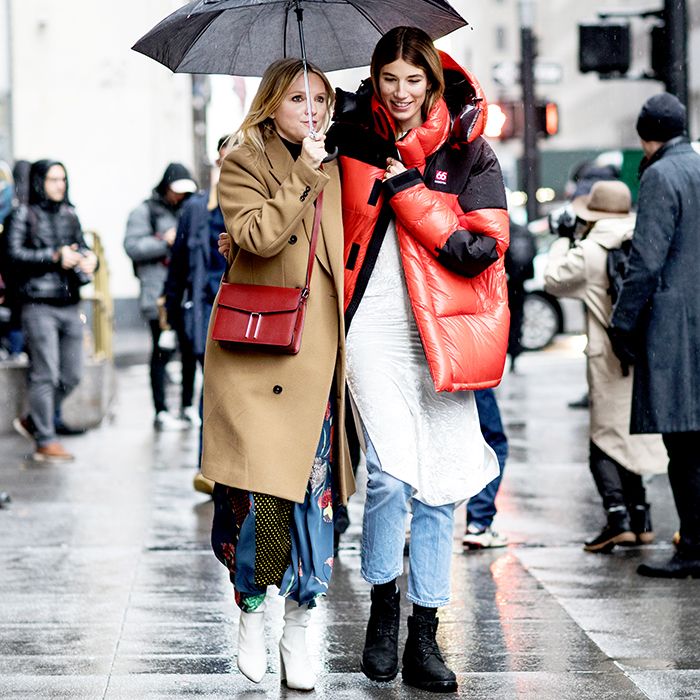Unlock the Secrets of Classic Eastern Wear
Exploring the enigmatic realm of timeless Eastern wear explores a realm where culture, artistry, and history merge to develop garments that go beyond plain textile and string. The intricate tapestry of tradition interwoven with modern aspects uses a glance right into a world where every stitch narrates, every concept an icon of importance. Introducing the keys behind these creations reveals a tapestry of heritage waiting to be untangled, welcoming one to journey with the heavenly elegance and mystique of Eastern fashion.
Background of Eastern Fashion
The history of Eastern style dates back centuries, mirroring the abundant social heritage and traditions of varied areas across Asia. Each area boasts its unique designs, textiles, and styles that have actually been influenced by variables like climate, faith, social condition, and trade routes. eastern wear pakistan. The complex silk garments of China symbolize beauty and refinement, while the vivid saris of India showcase a kaleidoscope of patterns and shades.
In Japan, the robe has actually been a symbol of practice and refinement for generations, with different styles used for numerous celebrations. The history of Eastern style is a tapestry of technology and tradition, blending old techniques with modern influences to develop a vibrant and ever-evolving industry.
Significance of Standard Clothes
Standard clothes functions as a cultural symbol, embodying the worths, ideas, and heritage of areas in Eastern cultures. eastern wear pakistan. These garments are not merely items of textile yet are symbolic depictions of the abundant background and customs passed down via generations. In Eastern societies, traditional outfit plays a significant function in ceremonies, events, and every day life, mirroring the social status, local associations, and even marital condition of individuals
The value of typical attire exceeds appearances; it is a way for individuals to link with their origins and share pride in their social identification. Each garment, from the detailed sarees of India to the streaming hanboks of Korea, brings with it a narrative of workmanship, meaning, and symbolism that is deeply deep-rooted in the fabric of culture.
Furthermore, conventional clothes works as an aesthetic language, connecting tales of resilience, triumph, and unity. By wearing these garments, people not only recognize their heritage yet likewise add to the preservation and celebration of their cultural legacy.
Advancement of Eastern Embroideries
Eastern embroideries have an abundant background that extends centuries and have actually continually developed to integrate diverse cultural influences and react to changing creative patterns. The evolution of Eastern needleworks can be mapped back to ancient civilizations where detailed styles were hand-stitched onto materials using standard strategies.

Today, Eastern embroideries proceed to advance, blending standard workmanship with contemporary design perceptiveness to develop timeless items that celebrate the appeal of social variety and imaginative innovation.
Extravagant Fabrics in Eastern Use
Elegant textiles play an essential function in boosting the visual appeal and high quality of Eastern wear, improving the general appeal and refinement of standard garments. Eastern wear is renowned for its luxurious materials that not just show the region's abundant cultural heritage but also signify style and poise.
In addition to silk, textiles like brocade, velvet, and chiffon are additionally commonly featured in Eastern wear. Velvet brings a deluxe and regal feeling to typical sets, while brocade, with its metal strings and elaborate patterns, adds a touch of majesty. Chiffon, on the various other hand, is favored for its ventilated and light-weight high qualities, making it a popular choice for moving silhouettes and delicate embellishments. These luxurious fabrics not just raise the aesthetic allure of Eastern wear yet also make certain a feeling of improvement and visit their website elegance that transcends time.
Incorporating Eastern Fashion Today
In contemporary style landscapes, the combination of Eastern affects provides a harmonious combination of social heritage and modern appearances. Designers and style fanatics alike are embracing the abundant tapestry of Eastern style, including typical aspects right into modern shapes and styles. From complex embroidery to vibrant colors and lavish fabrics, Eastern fashion today offers a varied array of choices that deal with an international audience.
One means Eastern fashion is making its mark in contemporary wardrobes is via the adjustment of standard garments such as the kimono, saree, or qipao right into day-to-day wear. These items, once reserved for special events, are currently reimagined in more casual kinds, enabling their incorporation into daily fashion choices. Furthermore, making use of standard patterns and themes in Western-style clothing adds a touch of unique style to modern-day outfits.

Final Thought
To conclude, discovering the rich background, importance, and development read more of Eastern fashion unveils a deep-rooted link to heritage and worths. The lavish textiles recommended you read and detailed needleworks of Eastern put on display the flexibility and timelessness of typical designs. Integrating Eastern affects in contemporary fashion enables for a combination of tradition and advancement, creating an unified balance in between the past and the present.
Glamorous textiles play a pivotal function in boosting the aesthetic charm and top quality of Eastern wear, boosting the overall attraction and sophistication of standard garments. Developers and fashion fanatics alike are welcoming the rich tapestry of Eastern style, integrating conventional components right into contemporary silhouettes and designs. From detailed embroidery to vivid colors and extravagant materials, Eastern style today uses a diverse range of choices that cater to an international audience.
One way Eastern fashion is making its mark in contemporary wardrobes is via the adaptation of traditional garments such as the bathrobe, saree, or qipao into daily wear. The glamorous fabrics and elaborate embroideries of Eastern use showcase the flexibility and eternity of traditional layouts.